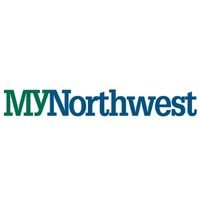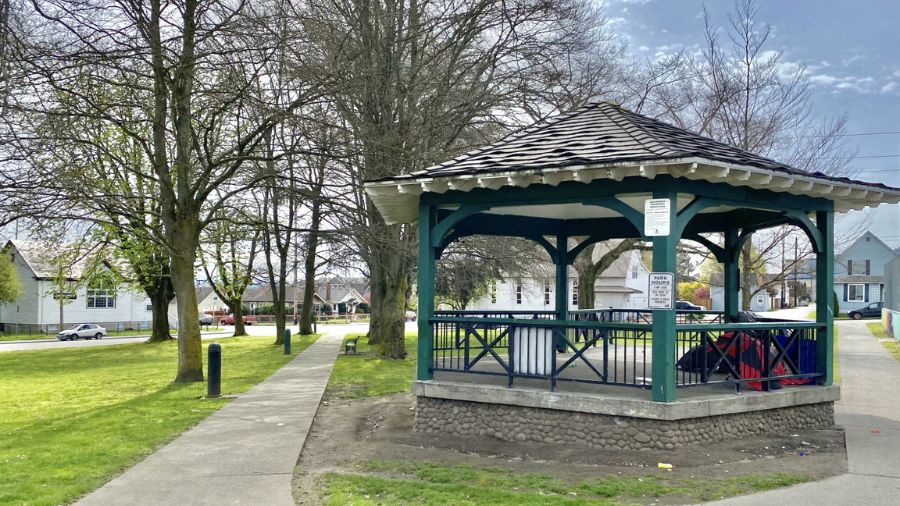State superintendant unveils plan to expand dual-language education programs to all of Washington
Aug 31, 2022, 4:09 PM

(Photo by Michael Loccisano/Getty Images)
(Photo by Michael Loccisano/Getty Images)
State Superintendent Chris Reykdal announced Aug. 25 that he would be looking to expand dual-language education programs across Washington state in a push to build bilingualism in the state.
There are 42 school districts and state-tribal schools in Washington that currently offer dual-language programs to more than 35,000 students, and Reykdal aims to increase that number so that all K-8 students in the state have access to those programs by 2040.
Reykdal: ‘Really unfair’ to judge Washington students based on recent dip in test scores
The program aims to invest $189 million from the state legislature in the next three years into these programs by investing in bilingual educators, plus annual stipends for teachers in dual-language programs.
The Office of the Superintendent of Public Instruction says that dual language education is backed by decades of research as the only program model that prevents and closes opportunity gaps for multilingual/English learners and other student groups that have been historically underserved. In an interview on The Gee and Ursula show, Reykdal stressed the importance of getting younger students involved in language programs as early as possible.
“Well, I want our kids to be the most competitive in the world, in every bit of research we’ve done says that we make a couple of mistakes in the United States, we only give kids a world language option once they’re in high school, and that is way too late for them to actually master a language in any meaningful way,” Reykdal said. “To those who come to us already speaking another language, we often pull them out of core content like math and science and other subjects to try to race them faster up to English, and then they struggle in those other subject areas. So no one’s winning with our current model.”
Their research shows students engaged in dual language education achieve high levels of proficiency in a new language; perform as well or better than their peers in English-only classrooms on standardized tests in English across content areas; and demonstrate increased literacy development, cognitive flexibility, problem-solving skills, cross-cultural awareness, attention control, memory, and information integration.
“The dual language program has transformed my life in many ways,” said Sarai Urias, a student at Highline High School and President of the school’s Latinx Club. “Since being in the dual language program, I have been able to communicate with other classmates a lot better. Our school is so diverse and because of it, there are many kids who don’t know the English language. Being able to speak, read, and write in both English and Spanish has definitely given me the chance to help the people around me.”
Schools get to choose the partner language that will be taught alongside English—as of now, 102 programs offer Spanish, three offer Chinese-Mandarin, two offer Vietnamese, and five offer tribal languages including Kalispel Salish, Lushootseed, Makah, Quileute, and Quilshootseen.













